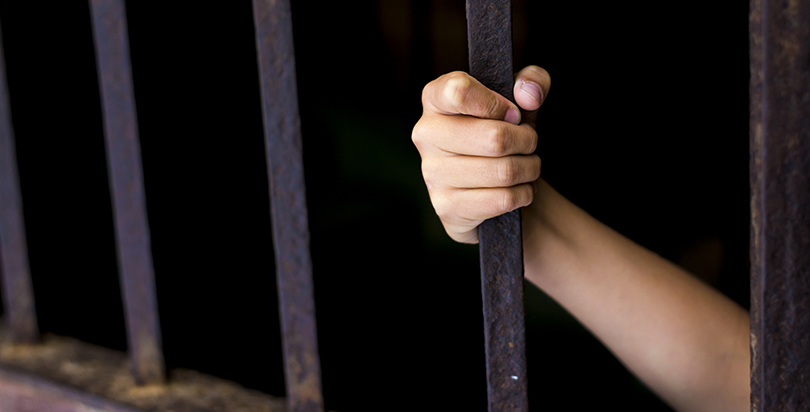Korman: How ESSA Is Driving States to Create Education Transition Policies for Incarcerated Students

Current California law requires agencies to coordinate a transition plan but doesn’t specify what needs to be in that plan. Some jurisdictions have developed robust policies and practices supporting integrated service provision and continuous care, but many have not, leaving already marginalized students to fend for themselves when their education is disrupted.
The outcomes aren’t good: incarcerated ninth-graders may eventually return to school in their communities, but within a year of re-enrolling, an estimated two-thirds to three-fourths drop out. After four years, less than 15 percent of them will complete high school.
Aside from hurting these students’ lives and opportunities, this pattern destabilizes communities, creates a drag on our economy, and affects the outcomes for the next generation of young people.
This bill defines the elements of a transition plan, including the most basic expectations, such as a portfolio of documents that includes current transcripts and results of academic assessments. Conveniently, this bill aligns perfectly with the federal Every Student Succeeds Act (ESSA), which now requires states to provide transition plans that assist students moving from correctional facilities to locally operated schools.
Here’s a transcript of my remarks to the Committee, with links to resources:
Good morning, senators. My name is Hailly Korman. I’m a civil rights attorney at Bellwether Education Partners, and I work with public education and justice agencies across the country to improve the ways that they meet the education needs of students involved in the justice system. I was a member of the state’s education transitions workgroup, L.A. County’s probation workgroup, and the Camp Kilpatrick redesign team.
I’ve worked with nearly 20 states and visited schools in secure facilities across the country. When I ask young people in those schools to share with me the last time they remember going to school every day, the answer is almost always fifth or sixth grade.
Before being incarcerated, many of these students have not attended school regularly for three to five years, but re-entry is an inflection point, and the better prepared they are when they leave a secure facility, the more likely they are to be accepted, welcomed, and supported by a receiving school. For many of our students, their transition from a juvenile court school back to their community will be their last best chance to move forward on a trajectory towards productive civil, social, and workforce participation.
Returning to a community-based school with a full record of necessary basic educational information, as SB 304 would provide through the individualized transition plan, not only facilitates the correct placement in credit-bearing coursework and the provision of all appropriate special education supports, it also empowers that young person to begin to become an advocate for their own bright future.
Researchers estimate that upwards of 60 percent of young people who are incarcerated will never successfully return to school. Re-entry is a crucial moment in a young person’s life when they are vulnerable to losing essential course credits or dropping out entirely. Despite that, we still see astonishing variance in policies and practices across the state: Some counties are making remarkable efforts to ensure continuity of care and warm hand-offs. However, the statutory clarity that SB 304 provides will support statewide progress and help to ensure that all students are prepared to return to their communities as full participants.
Finally, please note that SB 304 is aligned with new provisions of ESSA, our primary federal education statute, which now requires states to ensure records transfer, re-entry planning, and credit transfer for students returning to their communities from juvenile court schools. Section C of the revised federal planning template requires states to “provide a plan for assisting in the transition of children and youth between correctional facilities and locally operated programs.”
During my testimony, I was joined by a young man who was in both the foster care system and the juvenile justice system. In addition to working two jobs (one of which is in youth advocacy), he now attends a community college, taking the classes he’ll need to pursue his contractor’s license.
This young man struggled mightily to make his way through the complex web of systems we expected him to navigate alone. I hope that other students get more support and that we move toward the day when his story is a common one, not an exception.
Get stories like these delivered straight to your inbox. Sign up for The 74 Newsletter

;)